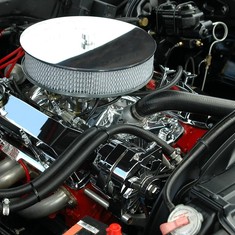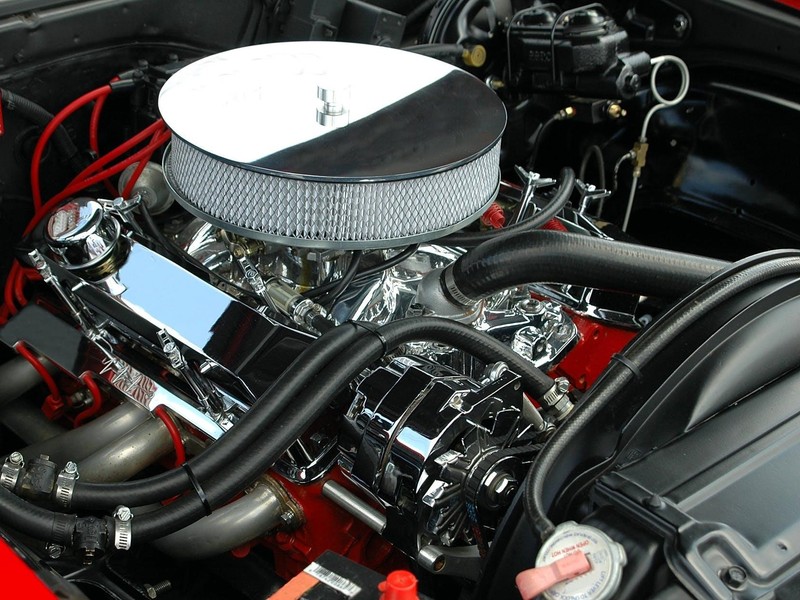Everything You Need to Know About Engine Repair | Midas
Midas Car Care Tips
Car engine repair is vital, since the engine is the heart of your car. It’s also one of the most complex and hard to understand systems your vehicle has. With so many different components, it’s difficult to know which one is causing a problem, and this makes engine repair a difficult task. However, there are many signs a mechanic can use to narrow down the issue in order to keep your engine running, keeping you safe, and protecting your fuel mileage.
How an engine works
The engine is a complex system made up of a lot of moving parts that function together toward the same goal: burning fuel in a controlled manner to produce power. Intake and exhaust valves must open and shut at the right time to bring in fuel to the combustion chamber and let out exhaust. In between these two steps, the chamber is sealed and the fuel air mix is compressed by a piston. It’s then ignited electrically by the spark plug, which causes a controlled explosion to push the piston back down, driving the crankshaft, which mechanically transfers the power elsewhere.
Keep an eye on your engine light
When any one of these intricate parts fails to function, the whole engine is affected. The most obvious sign that you have an engine problem is the ‘check engine’ light on your dashboard. The simplest thing it could be is a loose cap on your petrol tank, but it could also mean a more serious issue with your engine or one of its systems. This is a good sign it’s time for a car engine check, since unrepaired problems can go from minor to major very quickly.
Recognise fluids
Often indicated by an oil can light or a thermometer light on your dashboard, coolant or oil leaks can be a problem. If you can see a leak, dab it with a white paper towel and observe the colour. Pink and green means its coolant, while oil is dark brown.
Another oil related problem is a build-up of gunk in various places caused by dirt in the oil. Often caused by lack of maintenance, sometimes it can be resolved with an oil flush, other times you don’t get off so easily.
When it comes to professional help, experts like the team at Midas can also add dyes to different systems to check the source of the leak.
Look for smoke
You’ll likely know what your normal exhaust smoke looks like, so if you notice a change in its colour or consistency, this could indicate that something else is getting in the fuel mix and burning accidentally. If oil gets in, this will cause blue or grey smoke, and indicates that sealing components - like the piston rings, valve seals or the cylinder walls themselves - are damaged. Black smoke means your engine is burning too much fuel. This is probably due to broken fuel injectors or a damaged air filter. Finally, if it’s thick, white smoke, there’s a chance that coolant is being burned, so it might be a head gasket issue. In any case, it’s best to let a car mechanic take care of these problems, as they can be messy, difficult jobs.
Listen to noises
Pinging or knocking noises mean your engine is ‘detonating - the fuel air mixture is igniting itself, causing an uncontrolled explosion that can damage many engine components. This is often caused by using petrol with too low an octane rating for your engine. If you can hear loud rattling sounds, an internal engine component could be loose/worn or broken. If it’s a squeaking sound instead, it’s possible your drive belt is loose, which will make it wear down quicker - leading to an expensive fix.
Keep your engine healthy on a regular basis
Prevention is often the best fix, so if you notice anything out of the ordinary, book in for a check or service right away. If you know a bit about how to diagnose the problem, that will help you judge whether your car is fine to drive in the meantime or if you need to turn it off right away. One thing is for sure - when it doubt, talk to the professionals. That’s where Midas can help keep the heart of your car ticking along in top shape.


